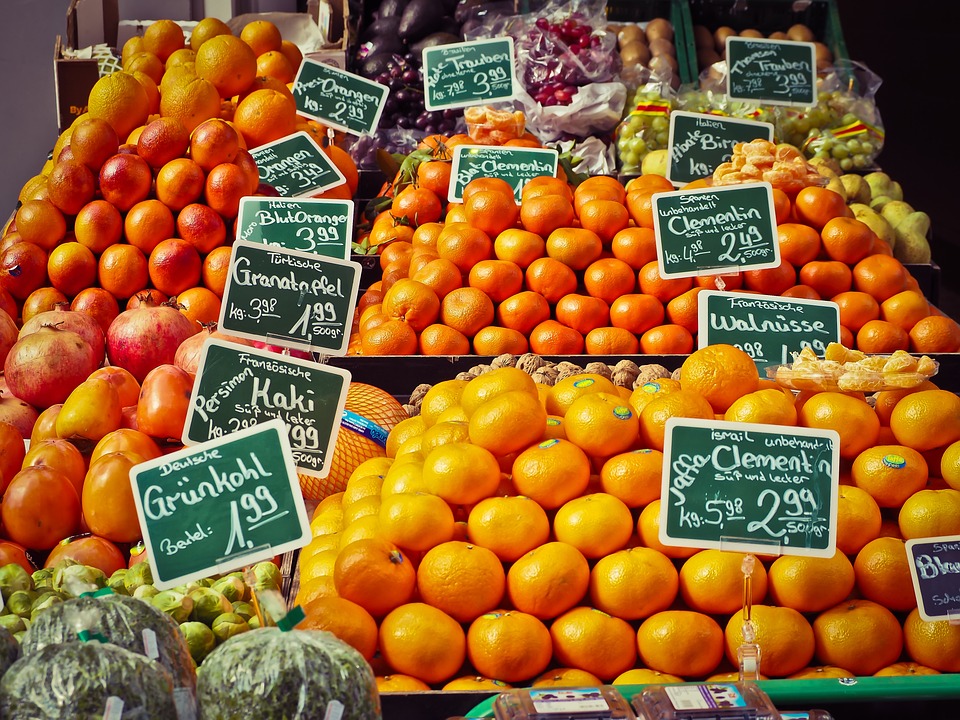Introduction
Climate change is one of the most pressing issues of our time, with far-reaching effects on various sectors of our society. In this article, we will explore the impact of climate change specifically on global agriculture. Agriculture is not only vital for food security but also for the livelihoods of billions around the world. Understanding how climate change is affecting agricultural practices and production is crucial for developing strategies to mitigate its negative effects.
Climate Change Trends
Climate change is resulting in a variety of changes in weather patterns, including rising temperatures, changing precipitation levels, and increased frequency of extreme weather events such as droughts, floods, and storms. These changes are having significant impacts on agriculture across the globe.
Rising Temperatures
One of the most noticeable effects of climate change on agriculture is the increase in temperatures. Warmer temperatures can lead to changes in growing seasons, increased evaporation rates, and more heat stress on crops and livestock. This can affect crop yields and livestock productivity, ultimately impacting food availability and prices.
Changing Precipitation Patterns
Climate change is also altering precipitation patterns, leading to more frequent and severe droughts in some regions and increased rainfall in others. These shifts can disrupt planting and harvesting schedules, affect soil moisture levels, and increase the risk of soil erosion and nutrient depletion. In areas experiencing drought, water scarcity becomes a critical issue for agricultural production.
Extreme Weather Events
Extreme weather events such as hurricanes, typhoons, and wildfires are becoming more common due to climate change. These events can devastate crops, destroy infrastructure, and displace rural communities, leading to food insecurity and economic losses. Farmers and agricultural workers are particularly vulnerable to the impacts of these events.
Impact on Crop Yields
The changing climate is already affecting crop yields globally, with different crops being impacted in various ways. Here are some examples of how climate change is affecting crop production:
- Drought-sensitive crops like corn and soybeans are experiencing reduced yields in regions with water scarcity.
- Fruit and vegetable crops are facing challenges due to changes in pollination patterns and increased pest pressures.
- Rice production, a staple food for billions, is at risk due to flooding events and saltwater intrusion in coastal areas.
Adaptation Strategies
As the impacts of climate change on agriculture become more apparent, farmers and policymakers are working towards developing adaptation strategies to mitigate these effects. Here are some examples of adaptation strategies being implemented:
Agroforestry
Agroforestry involves integrating trees and shrubs into agricultural landscapes to provide multiple benefits, such as increased biodiversity, improved soil health, and enhanced climate resilience. This practice can help farmers diversify their income streams and buffer against the impacts of climate change.
Conservation Agriculture
Conservation agriculture focuses on minimizing soil disturbance, maintaining soil cover, and practicing crop rotation to improve soil health and water retention. This approach can help farmers adapt to changing climate conditions while promoting sustainable land management practices.
Water Management
Improving water management practices, such as irrigation efficiency and rainwater harvesting, is essential for adapting to water scarcity and unpredictable precipitation patterns. Investing in water infrastructure and promoting water-saving technologies can help ensure water availability for agriculture.
Conclusion
Climate change is posing significant challenges to global agriculture, threatening food security and livelihoods around the world. By understanding the impacts of climate change on agriculture and implementing adaptation strategies, we can work towards building a more resilient and sustainable food system. It is crucial for policymakers, farmers, and consumers to collaborate and prioritize climate-smart agriculture practices to address the challenges posed by a changing climate.
